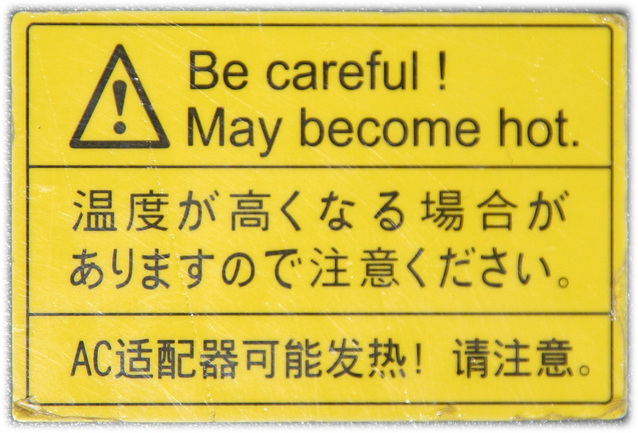download this episode here
MGW #24 – How To Fire People
Welcome back to the newly relaunched Mighty Good Work with your hosts Aaron Schmookler, Co-founder and Trainer of The Yes Works and Kristin Adams, Co-director of Startup Grind and first time founder of ALL2. Last episode we discussed shifting both the thought process surrounding, dialogue about and facilitation of people quitting their jobs and this episode we are focused on the other side of that equation – how to fire people compassionately.
While one might think that goes without saying, you’d be surprised what still occurs in the workplace on the regular. As a podcast dedicated to leaders and aspiring leaders who insist that work should be good, even in the toughest of circumstances, we’d argue that a refresher course is in order.
There’s a common saying in the startup world the one great hire and the one great fire. Both are inevitable milestones – rites of passage in one’s career, if you will – so knowing what you should and should not do is pretty key.
Firing DOs:
- Healthy company cultures champion continuous performance improvement
-
- PIPs (Performance Improvement Plans) used solely as a means to document and justify dismissal are not typically effective in managing an under-performing individual back to successful contributors
- Timely communication, immediate feedback, resetting clear expectations and outlining consequences in the moment are key; summarize and document for the benefit of both parties to follow through
- Open and encourage dialogue that helps get to the root cause of the performance issue (i.e. not having access to the right tools, inefficient processes, unrealistic expectations, improper staffing, lack of skills or interest, personal issues or life events, etc.) – some may be overcome, others not but determining that together can facilitate a smooth/mutual exit
- Individuals being fired for cause should know well in advance of the actual termination because of the open and frank discussion leading up it
- Pre-plan and coordinate the timing of both the internal and external communication/messaging
-
- Put it in writing and practice what you are going to say to the individual (i.e. don’t wing it/ad lib)
- Cut to the chase – no need for a long preamble; start with the statement and acknowledge the difficulty of the situation (NOT how hard this is for you)
- De-personalize the situation. Keep the focus on the big picture and if you do say something off-script, stop (apologize if warranted) and come back to topic
- Be authentic; if it makes sense to acknowledge their positive contributions, say they will be missed, etc. – do it
- Explain what happens next
- Keep it conversational
-
- Let them speak, ask questions – stick to your speaking points, do not argue the details/circumstances leading up to, etc.
- Discuss what they are looking for in their next job, provide constructive direction advice if asked
- Be their advocate to the extent it makes sense
-
- Most terminations are rooted in some kind of disconnect (skills, pace, life circumstances, etc.). This does not make them a bad employee – just the wrong fit
- Be generous when possible
-
- Severance, extension of benefits, etc.
- Ensure they get home (or to their preferred destination) safely (pay for car service, call friend or family to pick up, etc.)
Firing DON’Ts:
- DON’T fire on a Friday or the end of the day, ideally early in the week around lunch hour
-
- Gives the individual the weekend to feel miserable, stew, get angry without recourse (i.e. puts them in a holding pattern until the following workweek)
- Gives time for the rumor mill to churn whereas a firing followed by a full work week provides the ability to ask questions and return/adjust to the new routine
- Take security precautions but DON’T perp walk if not necessary
-
- Stakes are higher than letting one person go; the performance of remaining employees often suffers if the message/statement being made is one of fear and/or reprisal
- Preserve the individual’s dignity; embarrassment breeds resentment & fuels gossip
- Give the individual a choice about when/how they want to collect personal effects, the option to do so without an audience
- Give the individual an option to say goodbye
- DON’T hide out after you’ve fired someone
-
- Take time to compose yourself if needed but be present, be visible, engage others – show you CARE
- Make yourself available for questions, concerns – allowing folks to process/vent will prevent other negative outcomes
- DON’T call a company meeting for the sole purpose of announcing the departure
- DON’T burn bridges, especially in today’s connected world
While today’s topic doesn’t seem to align with workplace happiness, the fact is that as tough as it might be in the moment, the outcomes are usually quite positive. When handled correctly and with compassion, firing an individual can lead to happier people – both the employees who remain with the company and those who left in their new
Folks, thank you so much for your time and attention. If you have questions, want to argue the merit of anything we’ve proposed today, have other ideas to contribute, etc. – we are happy to engage as long as the gloves don’t come off. ☺
Kristin Adams: https://www.linkedin.com/in/kristinadams/
Aaron Schmookler: https://www.linkedin.com/in/schmookler/
This has been Mighty Good Work and you are mighty good folks for joining us. Thanks for listening.

